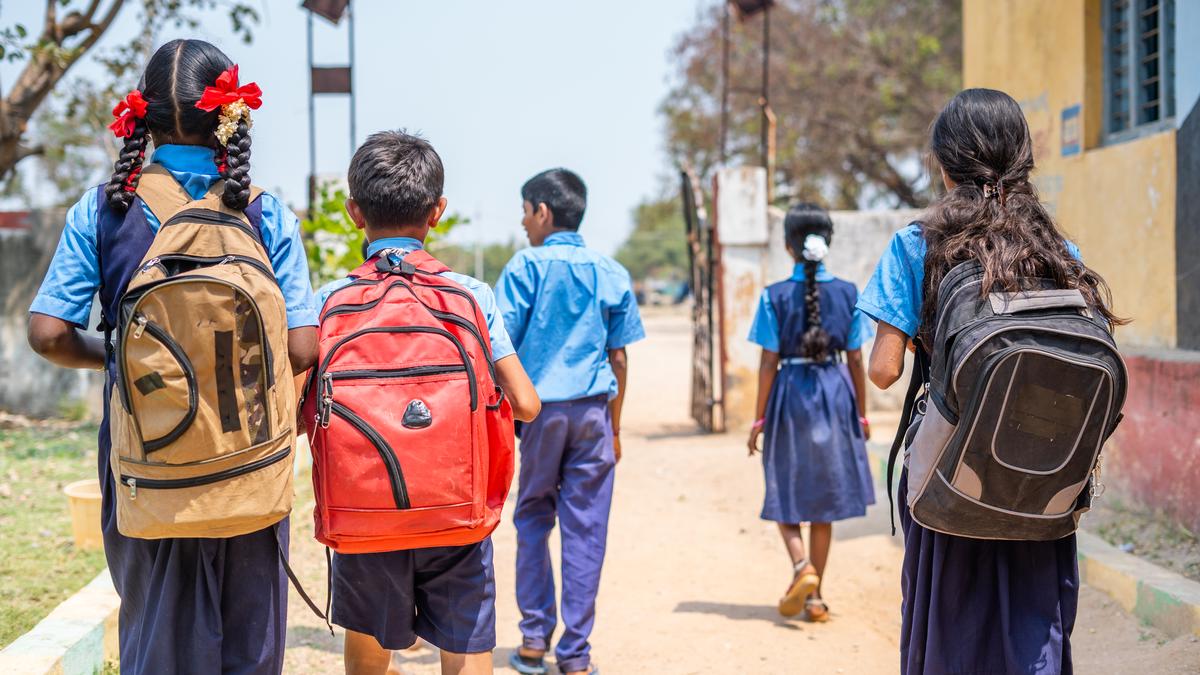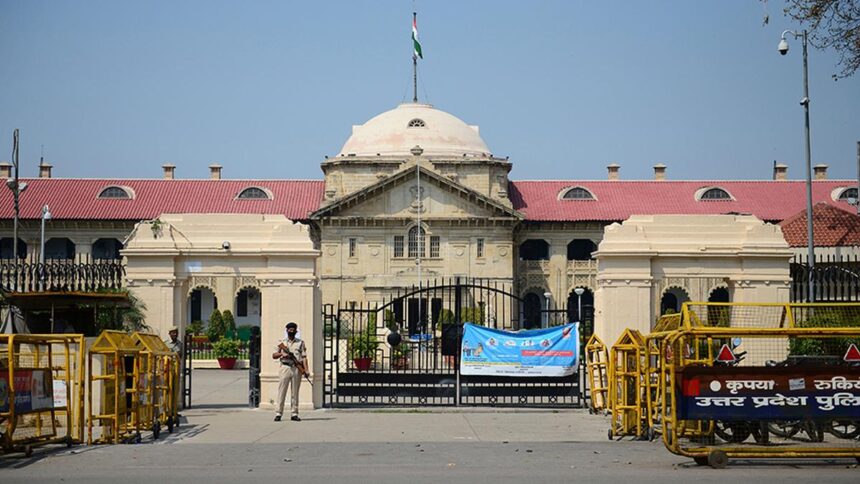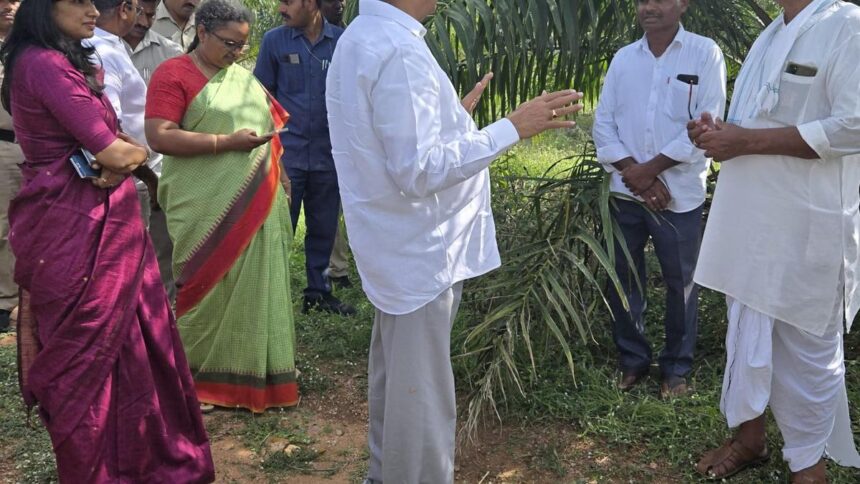
Performance Assessment, Review, and Analysis of Knowledge for Holistic Development Rashtriya Sarvekshen assessed the performance of 21,15,022 children in Grades 3, 6 and 9 from 74,229 schools in 781 districts of the country.
| Photo Credit: Getty Images/iStockphoto
The results of the Performance Assessment, Review, and Analysis of Knowledge for Holistic Development Rashtriya Sarvekshen (PARAKH RS), formerly known as the National Achievement Survey (NAS), have revealed that Punjab, Himachal Pradesh, Kerala, Dadra Nagar Haveli and Daman & Diu and Chandigarh are the best performing States and Union Territories in school education.
PARAKH RS assessed the performance of 21,15,022 children in Grades 3, 6 and 9 from 74,229 schools in 781 districts of the country in the following subjects: language and mathematics (for Grades 3, 6, and 9), the world around us (for Grades 3 and 6), and science and social science (for Grade 9). As many as 2,70,424 teachers and school leaders responded through questionnaires.
Also read:Learning more effectively from the National Achievement Survey
Punjab, Himachal Pradesh and Kerala emerged as the top performing states in Grade 3. Kerala, Punjab and Dadra Nagar Haveli and Daman & Diu were the top performers for Grade 6. Punjab, Kerala and Chandigarh were the best performing States for Grade 9. The Kendriya Vidyalayas, run by the Union Government, recorded the lowest performance in mathematics in Grade 3. In Grade 6, government-aided and state government schools showed weak performance in mathematics. For Grade 9, students from Kendriya Vidyalayas performed the best across all subjects, particularly in language.

The results found that in Grade 3, 67% students know and use enough words to carry out day-to-day interactions effectively and could guess the meaning of new words by using existing vocabulary.
Figuring it out
In mathematics, 68% students in Grade 3 could sort objects into groups and sub-groups based on more than one property, while 69% could identify and extend simple patterns in their surroundings, shapes, and numbers. Only 55% could arrange numbers up to 99 in ascending and descending order.
In Grade 6, only 54% could represent numbers using the place value structure of the Indian number system, and knew and could read the names of very large numbers. Only 38% students could solve puzzles and daily-life problems involving one or more operations on whole numbers.
Only 38% of Grade 6 students asked questions and made predictions about simple patterns (season change, food chain, phases of the moon, movement of stars and planets, shapes of trees, plants, leaves, and flowers, rituals, celebrations) observed in the immediate environment.
In Grade 9, 45% of students could explain how the Constitution came to be and understood the ideas and ideals of the Indian national movement enshrined in it as well as those drawn from India’s civilisational heritage. About 54% of students could identify the main points in a text from careful listening or reading of news articles, reports or editorials.
Only 31% could explore and understand sets of numbers, such as whole numbers, fractions, integers, rational numbers, and real numbers, and their properties, the survey results said.
Published – July 09, 2025 02:15 am IST






















